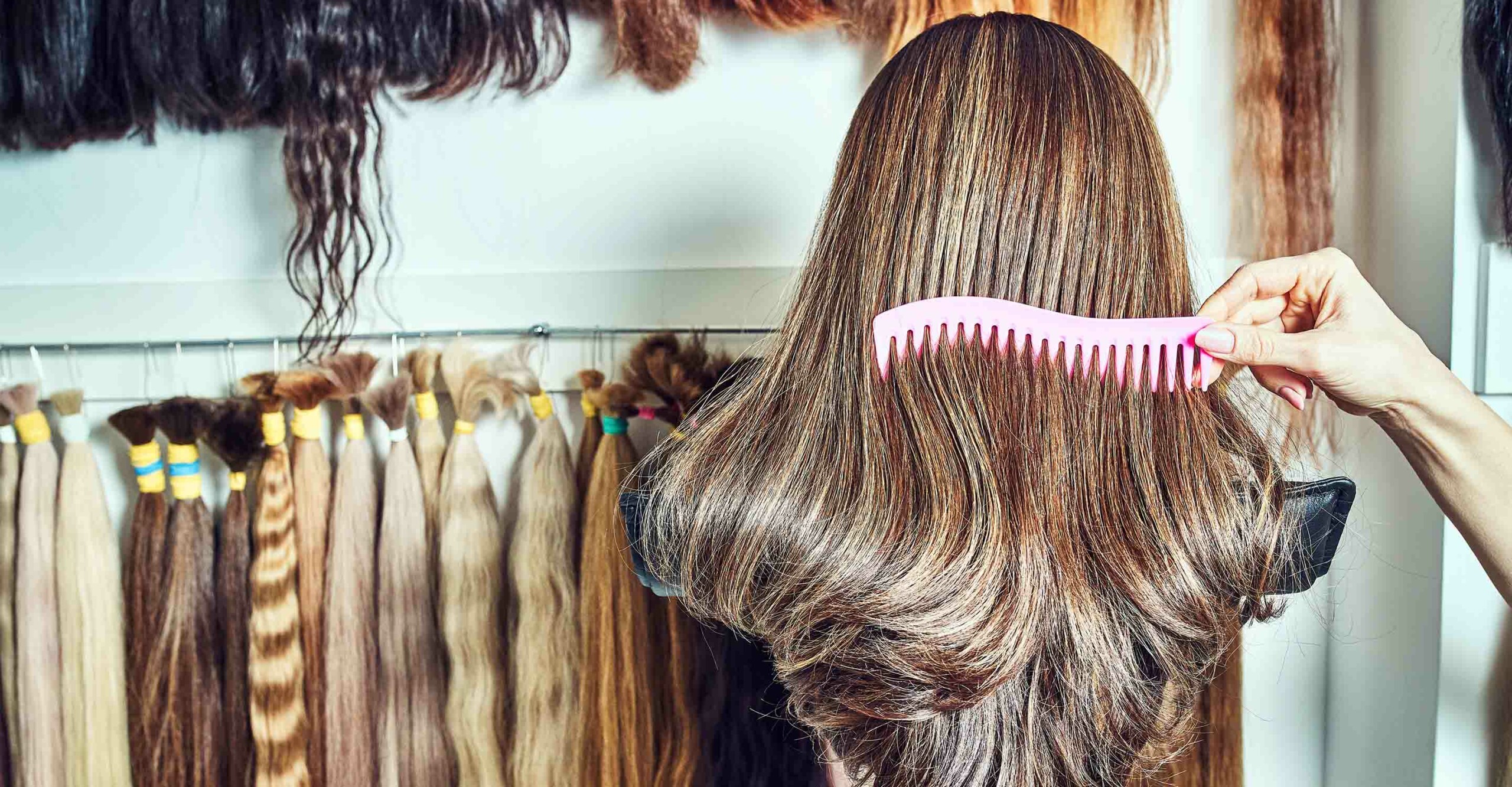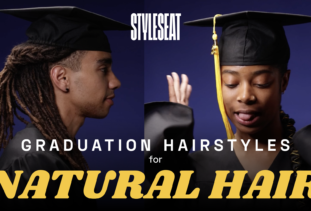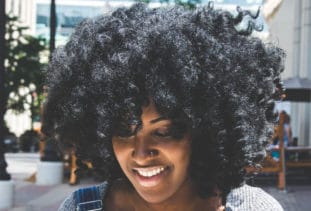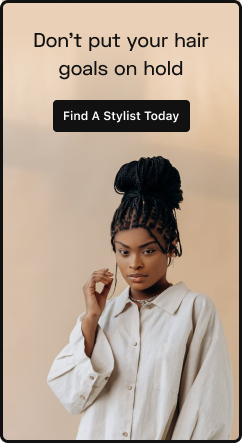What do you need when wearing a wig? Answer:
When wearing a wig, you’ll need some way to secure it, such as bobby pins, wig tape, or wig clips. If you have a sensitive scalp, wearing a wig cap and applying a scalp protectant can help prevent irritation and itchiness. However, wig caps aren’t required and you may find that wearing a wig without one is more comfortable.
Maybe you received a bad haircut or you’re experiencing hair loss and need a confidence boost. Wigs are also a fun way to express yourself and try out new styles, but you might be wondering: Do you need a wig cap to wear a wig?
Whether or not you wear a wig cap comes down entirely to personal preference. You may find that a wig cap makes putting on a wig easier and helps it feel secure. However, you may also find that it feels constricting or too warm on your head. In our guide, we’ll walk you through the benefits and drawbacks of wearing a wig cap so you can decide which option is best for you.
If you have full or partial hair loss: Is a wig cap necessary?
If you have full or partial hair loss, wearing a wig cap may be beneficial, but ultimately it comes down to what makes you most comfortable. Consider your scalp’s sensitivity and how secure your wig feels to decide if a wig cap is right for you.
Benefits:
- Protects your scalp: A wig cap will protect your scalp and prevent any itching or discomfort from wearing a wig.
- Prevents slipping: If your wig needs extra help staying in place, a wig cap can keep it from shifting or falling.
Drawbacks:
- Can increase sweating: Thick wig caps trap heat and may cause your scalp to sweat more, which can be uncomfortable combined with the weight of a wig.
- May cause irritation: Depending on the material, some wig caps can cause irritation if your scalp is particularly sensitive.
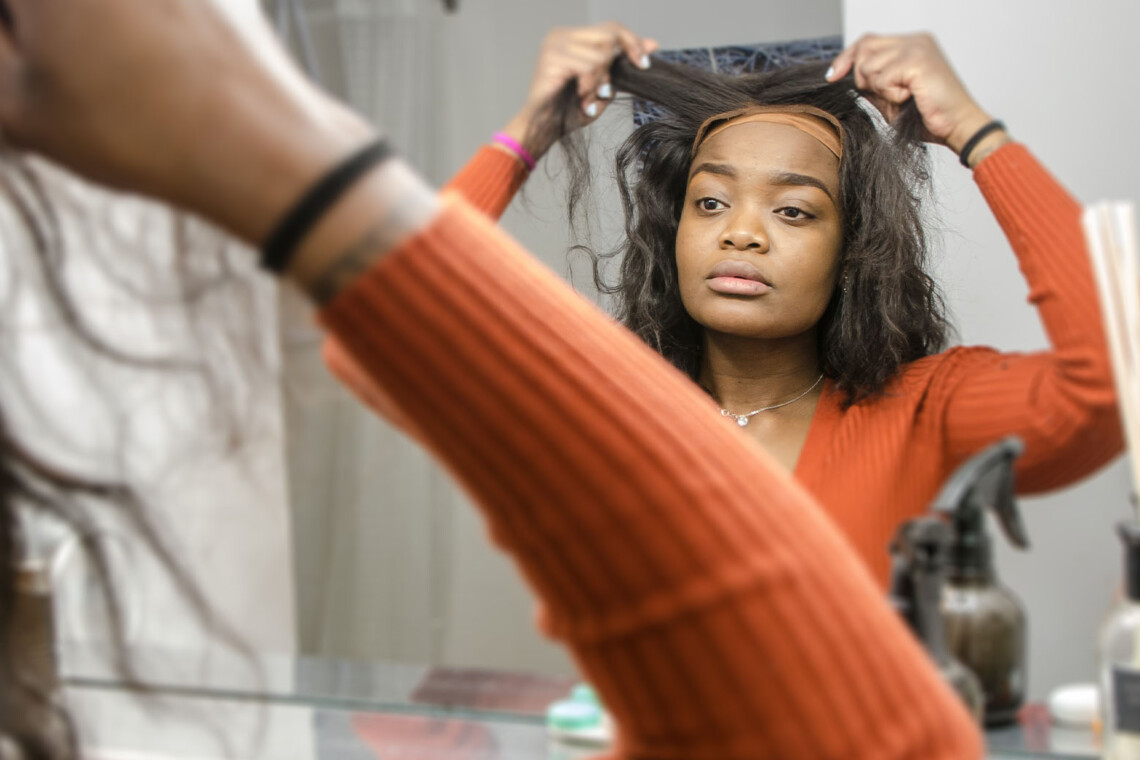
If you have no hair loss: Is a wig cap necessary?
If you are not experiencing hair loss, wearing a wig cap isn’t necessary, so choosing to wear one comes down to personal preference. Consider the length and thickness of your hair and weigh the pros and cons to decide if you need a wig cap or not.
Benefits:
- Keeps hair in place: A wig cap can help keep loose strands of hair and flyaways from falling out of the cap and showing through your wig.
- Flattens hair: Using a wig cap flattens your natural hair to your scalp, allowing for a more natural result.
Drawbacks:
- Can cause headaches: Wig caps can cause headaches if worn for long periods of time, especially if the cap feels tight or you have very thick hair.
- Traps heat: If you have long or thick hair, adding a wig cap to the mix can make things get hot and sweaty quickly.
How to put on a wig cap
- Braid or twist any natural hair and use bobby pins to secure it to the top of your head. Braided hairstyles help flatten your hair and offer protection from breakage. If you have long or thick hair, separate it into two or three smaller sections before braiding to keep it from getting too bulky.
- Apply gel to any loose strands of hair to smooth them down and keep them in place while putting on the cap.
- Spray a scalp protector on your head if you have sensitive skin or want to avoid any potential itchiness while wearing the cap. Make sure to allow your skin to dry completely — this should take no longer than 20 or 30 minutes.
- Line the wig cap up with your natural hairline on the front of your head. If you have full hair loss, place the wig cap toward the top of your forehead where it’s most comfortable and won’t be visible once your wig is in place.
- Once the cap is positioned on the front of your head, use one hand to hold it in place. Stretch the wig cap over the back of your head until the bottom of the cap meets the nape of your neck.
- Tuck the sides of the wig cap behind your ears and tuck in any loose hairs. If you have hair, feel free to add some bobby pins or snap clips to the edges of the cap to hold it in place.
Applying gel can help smooth and hold natural hair in place, making it easier to manage while putting on a wig cap.
How to wear a wig without a wig cap
- Make sure your scalp is clean and dry before putting your wig on.
- Braid or twist any hair to flatten it as much as possible. This will help prevent any visible lumps in your wig, and if you have partial hair loss, braiding can protect your hair and promote growth. For thick hair, it may be best to separate the hair into smaller sections for the best results. Secure the twisted hair to your head with bobby pins or snap clips.
- Protect sensitive skin by spraying a scalp protector on your head. Before putting on your wig, be sure to give the protectant plenty of time to dry.
- Hold your wig by the nape and tilt your head forward slightly. Position the wig above your eyebrows and gently pull it down over the back of your head.
- Adjust the wig by gently pushing it back until it’s positioned slightly below your natural hairline. Center the wig by placing the ear tabs on the sides of the wig in front of your ears.
- Once you’re happy with the placement, secure your wig. There are various ways to do this, but some of the most common are bobby pins, wig tape, and wig clips. Once your wig is secured, tuck away any loose flyaways to complete your look.
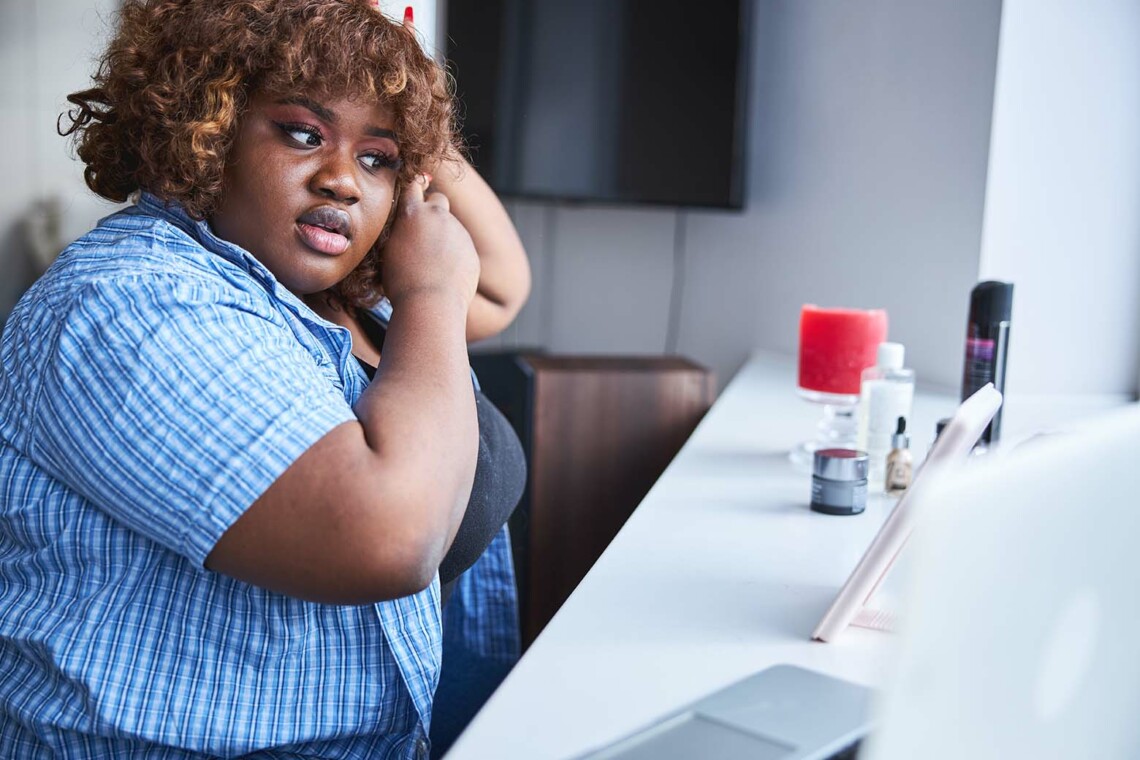
Considerations for choosing a wig cap
To get the best result and make your wig-wearing experience a positive one, keep the following considerations in mind.
Material
Wig caps come in various materials that each have its benefits. Choosing the suitable material for your needs is important to ensure your comfort.
- Nylon wig caps are some of the most common and provide plenty of grip to keep your wig on.
- Cotton wig caps can dry out and damage natural hair due to their absorbent nature, but they make a great option if you have full hair loss.
- Mesh wig caps offer the most breathability, which is beneficial if you’re in a warmer climate or wear wigs for long periods of time.
- Monofilament wig caps are sheer, soft, and ideal for those with hair loss or a sensitive scalp.
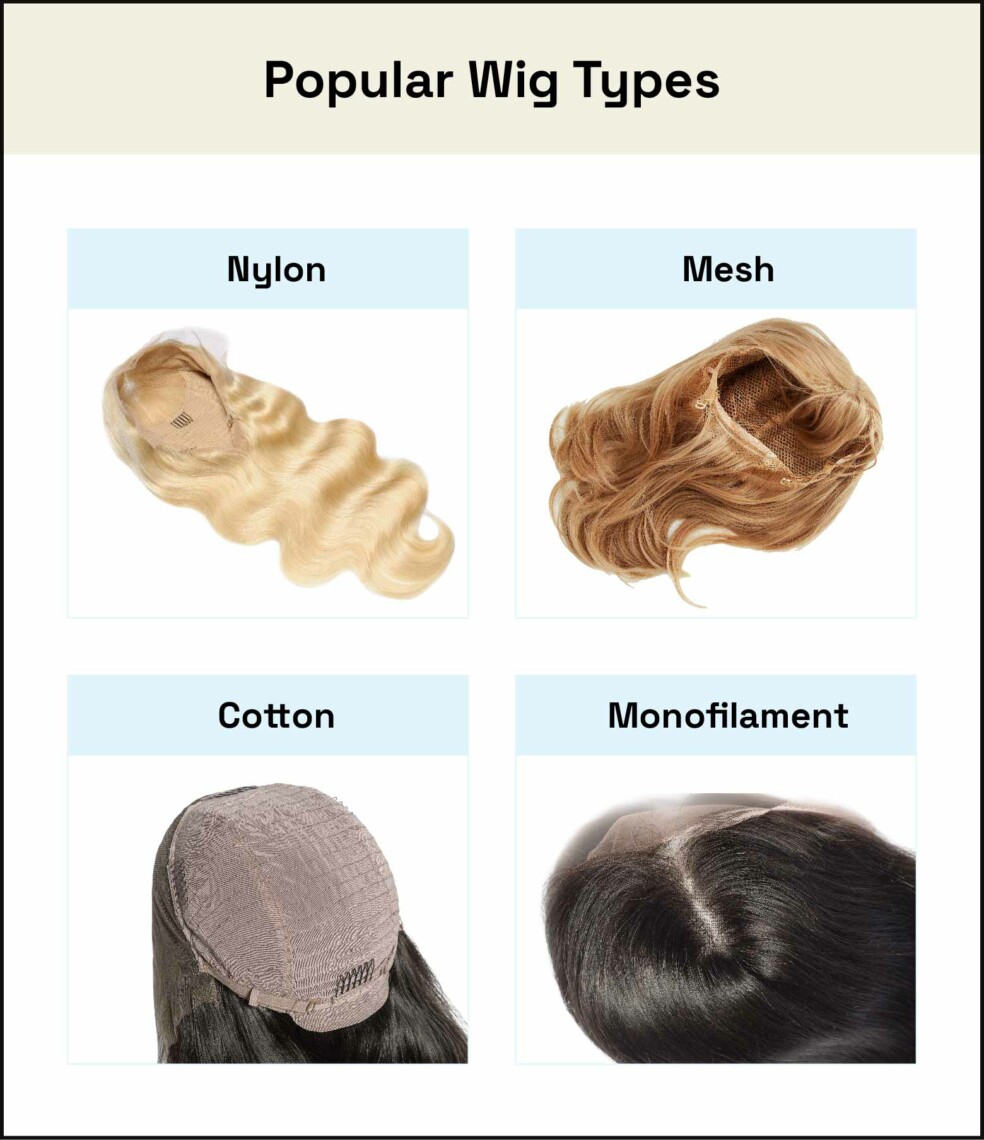
Breathability
Breathability is one of the most important considerations for choosing a wig cap. You want something lightweight and allows your scalp to breathe. If you’re in a warm climate or plan to wear your wig for a prolonged period, choosing a material like mesh will keep your scalp cooler and prevent excess sweating.
Color
While the goal is to keep your wig cap hidden completely under your wig, there are times when your wig may shift, allowing the cap to peek through. Choosing a cap color that’s as close to your wig color as possible will help it blend in with the wig — no one will even notice if you have a slipup! If you have hair loss, opt for a sheer or flesh-colored cap.
If you’re a beginner when it comes to wigs, you might be wondering: Do I need a wig cap to wear a wig? It comes down to what makes you feel most comfortable and confident. You can rock a wig whether or not you choose to wear a cap underneath. If you have more questions or want to discuss your options with a stylist, check out our directory to find a stylist near you.
